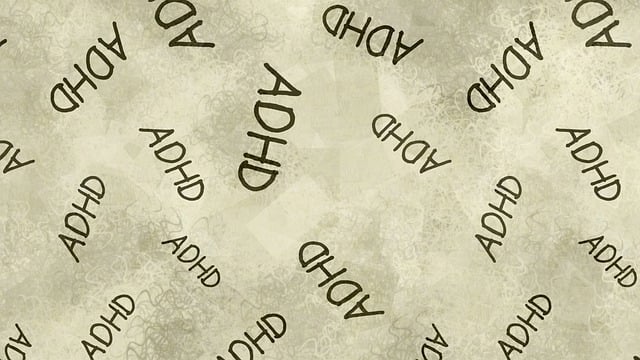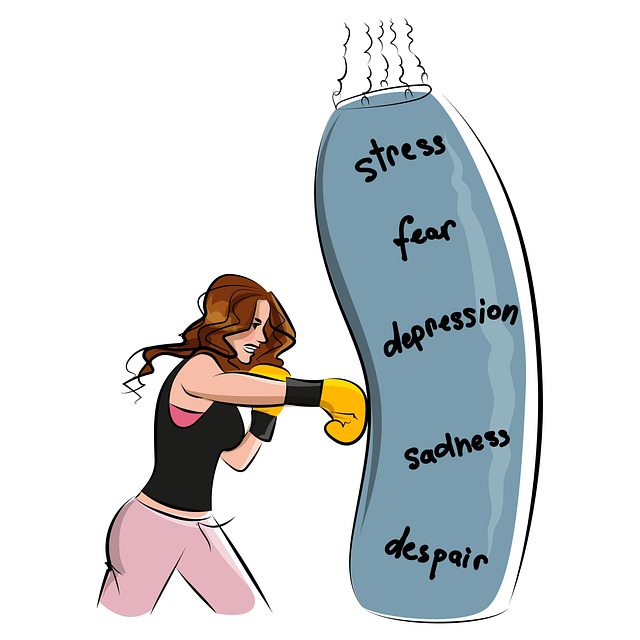Boulder Child Abuse Therapy leads community outreach efforts to combat child abuse and neglect through culturally sensitive education, support networks, and partnerships. Their programs balance immediate and long-term needs of affected children, employing structured activities, play therapy, art expression, and risk management planning for therapists' emotional well-being. Collaboration with schools, churches, and community centers amplifies their reach, hosts tailored events, workshops, and support groups, fostering open dialogue on mental health topics like stress management. Meticulous planning, continuous evaluation using data tools, transparent communication, and measuring success through increased awareness, reporting, and access to services underpin their impact.
Community outreach programs play a pivotal role in supporting vulnerable populations, particularly in areas like Boulder where child abuse therapy is essential. This article delves into the multifaceted approach to designing and implementing effective initiatives. We explore strategic partnerships with local organizations and stakeholders, ensuring success through monitoring and accountability. By measuring results, we can evaluate the impact of these programs, such as Boulder Child Abuse Therapy services, on preventing child abuse and enhancing community well-being.
- Understanding Community Outreach: Its Role and Impact on Vulnerable Populations
- Designing Effective Programs: Strategies for Boulder Child Abuse Therapy
- Building Partnerships: Collaborating with Local Organizations and Stakeholders
- Implementing and Monitoring: Ensuring Success and Accountability
- Measuring Results: Evaluating the Effectiveness of Community Outreach Programs in Preventing Child Abuse
Understanding Community Outreach: Its Role and Impact on Vulnerable Populations

Community outreach programs play a pivotal role in addressing the needs of vulnerable populations, including those facing child abuse and neglect in cities like Boulder. These initiatives extend beyond traditional service delivery models by actively engaging communities and fostering connections. By implementing Self-Awareness Exercises and Emotional Well-being Promotion Techniques tailored to cultural contexts, organizations can effectively reach at-risk individuals who might otherwise be reluctant to seek help.
Boulder Child Abuse Therapy, for instance, has seen success in designing Mental Health Education Programs that empower community members to recognize signs of abuse and provide early interventions. Such programs not only raise awareness but also strengthen local support networks, ensuring that vulnerable children and families receive the necessary assistance. This proactive approach significantly impacts positive outcomes, promoting mental health and breaking cycles of trauma within communities.
Designing Effective Programs: Strategies for Boulder Child Abuse Therapy

Designing Effective Programs for Boulder Child Abuse Therapy requires a nuanced approach that addresses both the immediate needs of affected children and the long-term healing process. Key strategies involve creating safe, supportive environments that foster trust and encourage open communication. This can be achieved through structured activities tailored to age groups, incorporating play therapy and art as therapeutic tools to help children express their emotions and experiences.
Moreover, integrating Risk Management Planning for Mental Health Professionals is essential. Implementing robust self-care practices among therapists ensures they remain emotionally available for their young clients. Effective mood management techniques can also be incorporated into the program, helping both children and adults navigate and process intense feelings safely. These strategies collectively contribute to a holistic approach that promotes healing and growth in Boulder Child Abuse Therapy settings.
Building Partnerships: Collaborating with Local Organizations and Stakeholders

Building strong partnerships is a cornerstone for successful community outreach programs, especially when addressing sensitive issues like child abuse. Organizations like Boulder Child Abuse Therapy can collaborate with local schools, churches, and community centers to expand their reach and impact. By partnering with these entities, they can co-host events, workshops, and support groups tailored to the specific needs of the community. Such collaborations amplify the message of public awareness campaigns development and foster a culture of open dialogue around critical topics like anxiety relief and stress management.
These partnerships also facilitate the sharing of resources, expertise, and networks. For instance, a Stress Management Workshops Organization might collaborate with local businesses and healthcare providers to offer free workshops on managing stress and anxiety. Engaging stakeholders at various levels ensures that outreach efforts are inclusive, well-rounded, and better equipped to address the unique challenges within the community.
Implementing and Monitoring: Ensuring Success and Accountability

Implementing a community outreach program, such as those offered by Boulder Child Abuse Therapy, requires strategic planning and consistent monitoring to ensure its success and accountability. The first step is to identify the specific needs of the community and align the program’s objectives with these needs. This involves thorough research, stakeholder engagement, and understanding the local context. Once defined, clear goals should be set, encompassing measurable outcomes that reflect improved mental wellness, enhanced self-esteem, and positive societal impact.
Monitoring progress is a continuous process that includes regular data collection, evaluation, and feedback loops. Using tools like surveys, interviews, and participation rates, organizers can gauge the program’s effectiveness and identify areas for improvement. This data-driven approach ensures that programs are tailored to meet the evolving needs of the community. Regular communication with participants, volunteers, and partners is crucial for maintaining transparency, fostering a sense of ownership, and cultivating ongoing support for the initiative.
Measuring Results: Evaluating the Effectiveness of Community Outreach Programs in Preventing Child Abuse

Measuring the results and evaluating the effectiveness of community outreach programs is paramount in preventing child abuse. These initiatives often aim to foster mental wellness and reduce the stigma associated with mental illness, as previously mentioned in popular mental wellness podcast series production. By implementing coping skills development strategies, these programs seek to empower individuals and communities to identify and address potential cases of child abuse early on.
In Boulder Child Abuse Therapy circles, success is gauged through various metrics, including increased awareness about protective measures, enhanced reporting of suspected abuse incidents, and improved access to support services for both victims and their families. The ultimate goal is not only to prevent further harm but also to create a supportive environment where individuals feel comfortable seeking help without fear of judgment or stigma associated with mental illness.
Community outreach programs, such as those implemented by Boulder Child Abuse Therapy, play a pivotal role in addressing vulnerable populations’ needs. By collaborating with local organizations and stakeholders, these initiatives can effectively prevent child abuse and enhance community well-being. Through strategic design, robust implementation, and meticulous monitoring, partnerships can be forged to create lasting change. Measuring results ensures accountability and allows for continuous improvement, ultimately contributing to a safer and healthier community for all.














